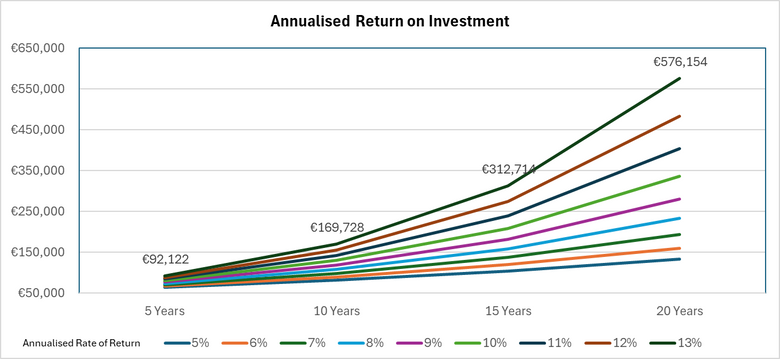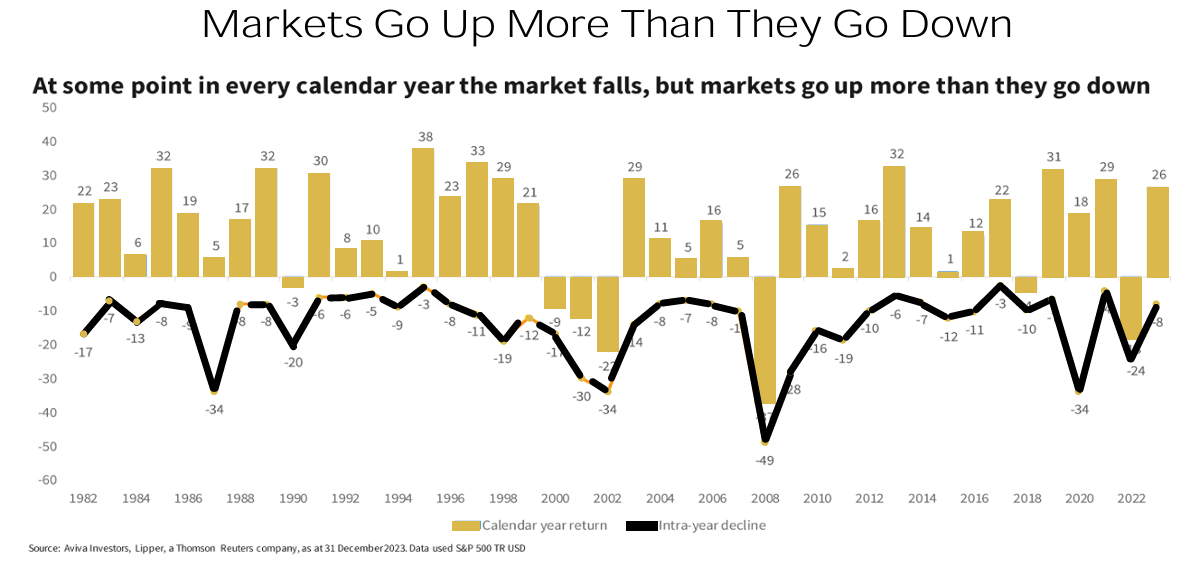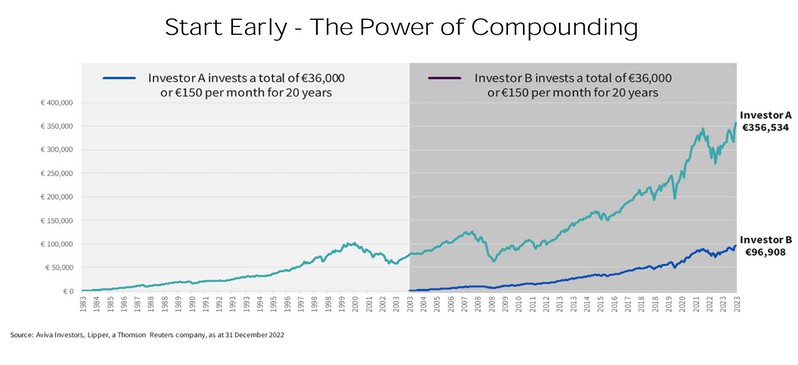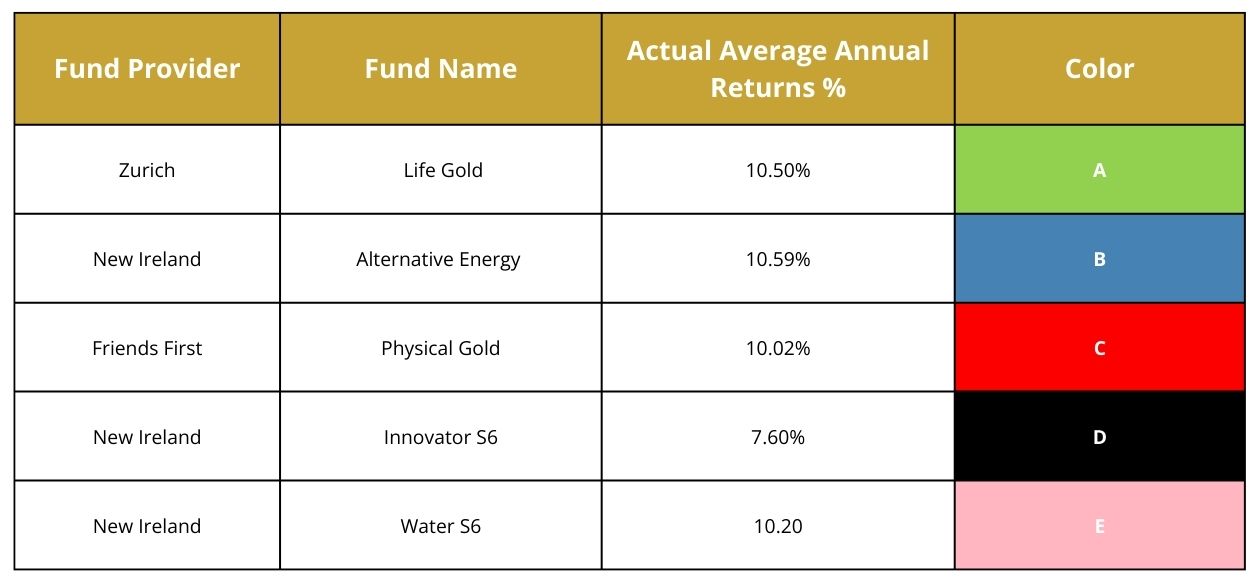Benefits Summary
🔸 Start investing with as little as €5,000.
🔸 Your money is immediately exposed to market growth.
🔸 Potential for higher long term returns compared to regular savings.
🔸 Ideal for investing a retirement lump sum or inheritance.
🔸 Option to generate monthly income from your investment.
🔸 Choose from low, medium, or high-risk fund options.
🔸 Access capital-protected investment plans for peace of mind.
🔸 Simple, one-time investment with less ongoing effort.
🔸 Professionally managed by trusted Irish providers.
🔸 Tailored to your risk level and financial goals.
🔸 Helps maximise returns while planning for tax efficiency.
🔸 Suitable for those looking for the best lump sum investment plan in Ireland.


















